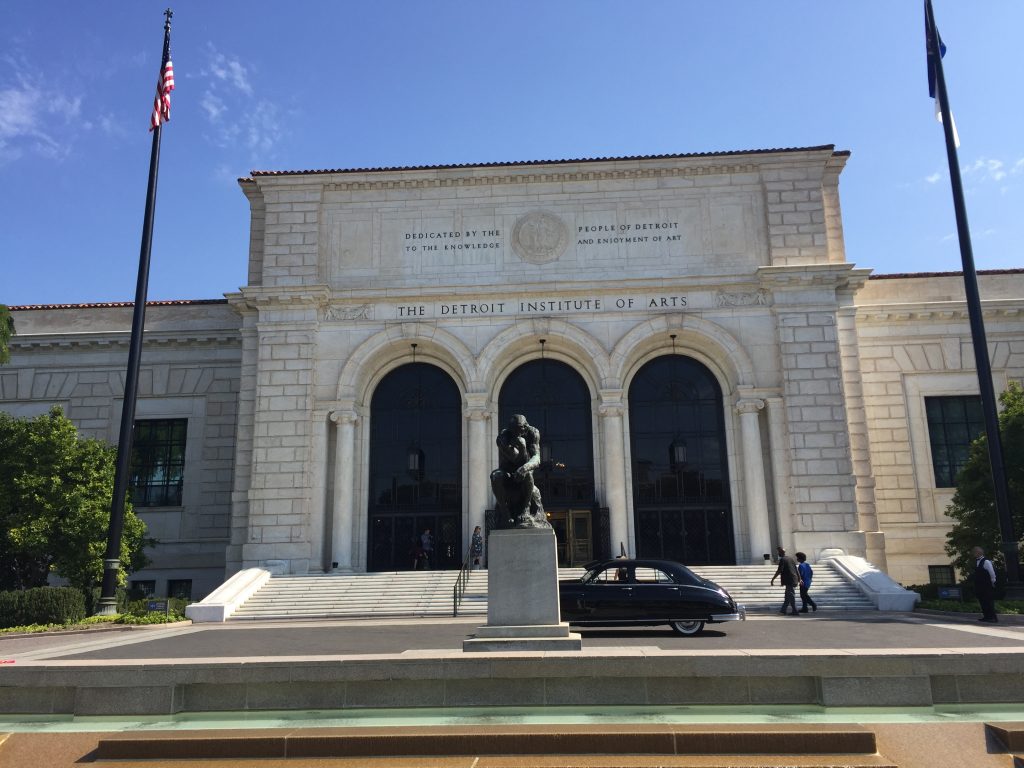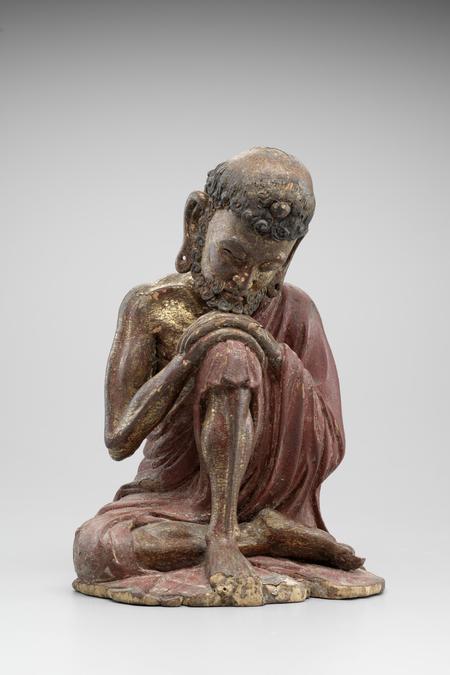The Detroit Institute Of Arts Is Growing Its Asian Portfolio
The Detroit Institue of Arts is adding a new wing for Asian artwork.


One year after launching a Japanese gallery, the Detroit Institute of Arts is expanding its Eastern portfolio — adding new permanent galleries for Asian artwork. The museum will debut its new wing this fall.
Galleries will be dedicated to Chinese, Indian, Korean, and Southeast Asian pieces. There will also be a section dedicated to Buddhist artwork, which Katherine Kasdorf, Assistant Curator of Arts of Asia and the Islamic World at the DIA, says will be the only gallery in the new wing to display items from the entire continent.
“Because Buddhism is a multifaceted tradition that prevails across Asia, we thought it would be a good Pan-Asian theme,” says Kasdorf. She says it will allow people to compare artwork that, while coming from different time periods and regions, serves to embody the same common ideals.
One of the Buddhist pieces that will be on display is an ancient palm leaf manuscript, which dates back to 1160 AD.
“It’s a really rare survival,” says Kasdorf. “The DIA owns the entirety of this sacred manuscript. And so at any given tie we’ll have a couple folio from this manuscript on view, as well as its later covers which were made in Napal.”

Kasdorf says the manuscript is one of her favorite items that will be displayed in the new wing. She says she’s also fond of a roughly 800-year-old, copper-alloy statue of the Hindu goddess Parvati.
“Sculptures like this were made to be taken on a procession. So, they belonged to the temples for the most part, but they would be brought out the temples into the streets so that people could encounter the gods and goddesses through the sculptures outside the temple, too.
“When it was in use, the sculpture actually would’ve been adorned in real silks and real jewelry. So, we’re going to have a video to show Hindu sculptures in different contexts, including this kind of processional context.”
There will also be a number of interactive displays at the DIA’s new wing for Asian art. Kasdorf says one example is in the Indian gallery, where museum curators have tried to create bhava — a Sanskrit word which means “emotion” or “feeling.”
To do so, music will accompany paintings in the Indian gallery, in order to create a soundscape which influences the perception of the work.
The DIA’s Asian wing is scheduled to open on November 4th.
